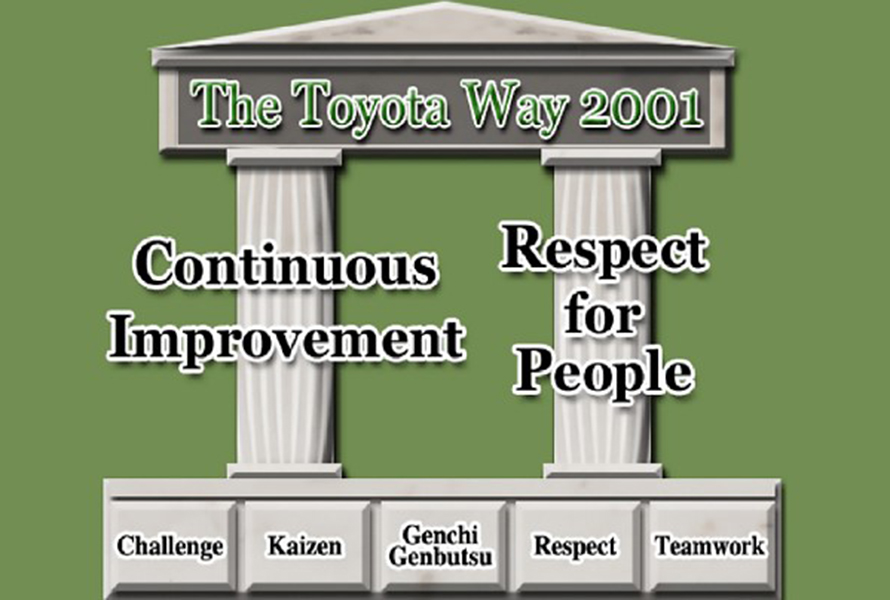It is always heartwarming to see a customer return to purchase the same product-Hilux.

Mr. Katonga had few words to say, “it is reliable”, he said! He also expressed his appreciation of the information he read on the Toyota App from his mobile. Toyota Zambia Team wishes to thank Mr. Katonga for his continuous support and trust he has for the Brand.
✔️ 2.4 comfort plus
✔️ 4×4 double cab









































